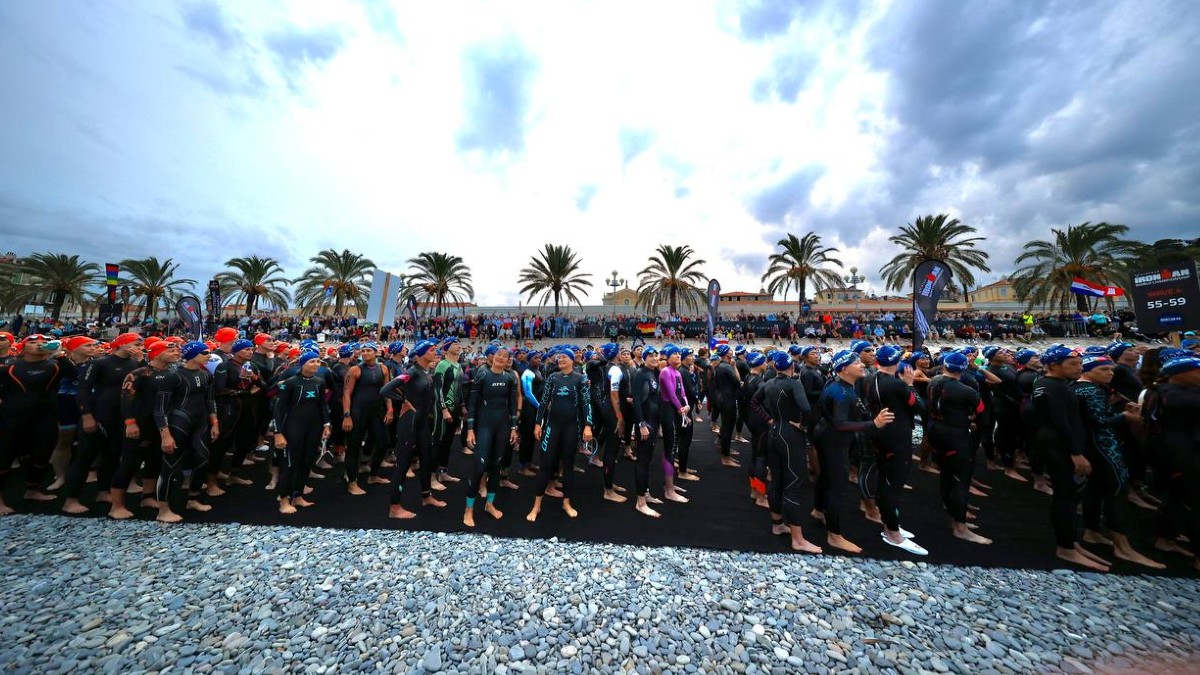Rethinking IRONMAN: A Call for Fair Play in Female Qualification

Unveiling the Disparity in IRONMAN Qualification
Imagine training relentlessly, pushing your limits, and consistently finishing at the top of your field, only to find that the gateway to the world's most prestigious triathlon is narrower for you simply because of your gender. This is the stark reality faced by many female IRONMAN athletes under the current qualification system—a system that may be inadvertently sidelining some of the best talents in the sport.
As we edge closer to the 2026 IRONMAN World Championship in Kona, which will revert to its iconic one-day format, the spotlight is intensifying on how these coveted slots are awarded. Women in Tri UK, a pioneering charity advocating for gender diversity in triathlon, has ignited a crucial debate with its analysis suggesting that the current participant-based slot allocation model is failing high-performing female athletes.
The Current State of Play
How It Works
The essence of the existing qualification system is straightforward: slots are distributed based on the number of participants in each age group. More participants mean more slots. This approach aims to be fair by providing equal opportunity based on participation levels.
However, as we prepare for a reduced number of slots in 2026, the impact of this system becomes even more significant, particularly for women, who currently make up only 17% of global IRONMAN participants. This low representation directly translates into fewer opportunities, regardless of the athletes' performance levels.
The Gender Gap in Numbers
The participation-based model has an unintended side effect: it dilutes the recognition of exceptional female athletes. Despite their lower numbers, women are more than twice as likely to finish near the front of their field compared to their male counterparts. This discrepancy highlights a system that rewards quantity over quality, potentially discouraging elite female athletes from pursuing a sport where their efforts might not be justly rewarded.
A Tale of Three Races
- IRONMAN Philippines: Despite constituting only 5.85% of the participants, 73% of the women finished within 15% of the winner's time, compared to just 25% of men.
- IRONMAN Texas: Women made up 28.45% of the starters but produced more top-tier athletes than men in absolute numbers.
- IRONMAN Taiwan: Women accounted for less than 19% of the field but 38% were top performers, surpassing the men's performance.
Breaking Barriers and Championing Change
The Root of the Issue
- Disproportionate family and household responsibilities
- Safety concerns during training
- Cultural and systemic hurdles in a traditionally male-dominated arena
- Fewer developmental pathways and role models
These challenges create a vicious cycle: fewer female participants lead to fewer slots, which in turn may deter women from entering the sport, particularly at a competitive level.
Advocating for a Performance-Based Model
Women in Tri UK
What is the primary concern raised by Women in Tri UK regarding the IRONMAN World Championship slot allocation?
Women in Tri UK raised concerns that the participation-based slot allocation model for the IRONMAN World Championship could disadvantage high-performing female Age Group athletes due to the smaller number of women participants compared to men.
Why does the current slot allocation model pose a disadvantage for women?
Under the current participation-based model, fewer women in the field lead to fewer qualifying spots despite evidence showing that women are often more likely to be top performers. This results in fewer women getting slots for the World Championships, which does not reflect their true competitive strength.
What findings did Women in Tri UK report about women's performance in IRONMAN races?
The report found that women who participate in IRONMAN races are often more likely to be top performers compared to their male counterparts, with significant examples such as a higher percentage of women finishing within 15% of their age-group winner's time in races like IRONMAN Philippines and IRONMAN Texas.
What steps is IRONMAN taking to address the concerns raised by Women in Tri UK?
IRONMAN is engaging in constructive discussions with Women in Tri UK about reviewing and potentially adjusting the slot allocation model to better reflect performance and support gender diversity in the sport. They have shown openness to collaborate and evolve their policies to enhance fairness in the competition.
How does Women in Tri UK propose to improve the slot allocation model for women?
Women in Tri UK advocates for a performance-based slot allocation model that would allocate a greater proportion of slots to women, better representing their competitive achievements in races. This model would move away from primarily participation-based allocations.
Source: https://www.tri247.com/triathlon-news/age-group/women-in-tri-uk-ironman-kona-world-championship-place-allocation-report
Discover unique triathlon-themed merchandise, including stylish t-shirts, stickers, phone cases, and home decor - perfect for endurance sports enthusiasts and athletes. Shop now






